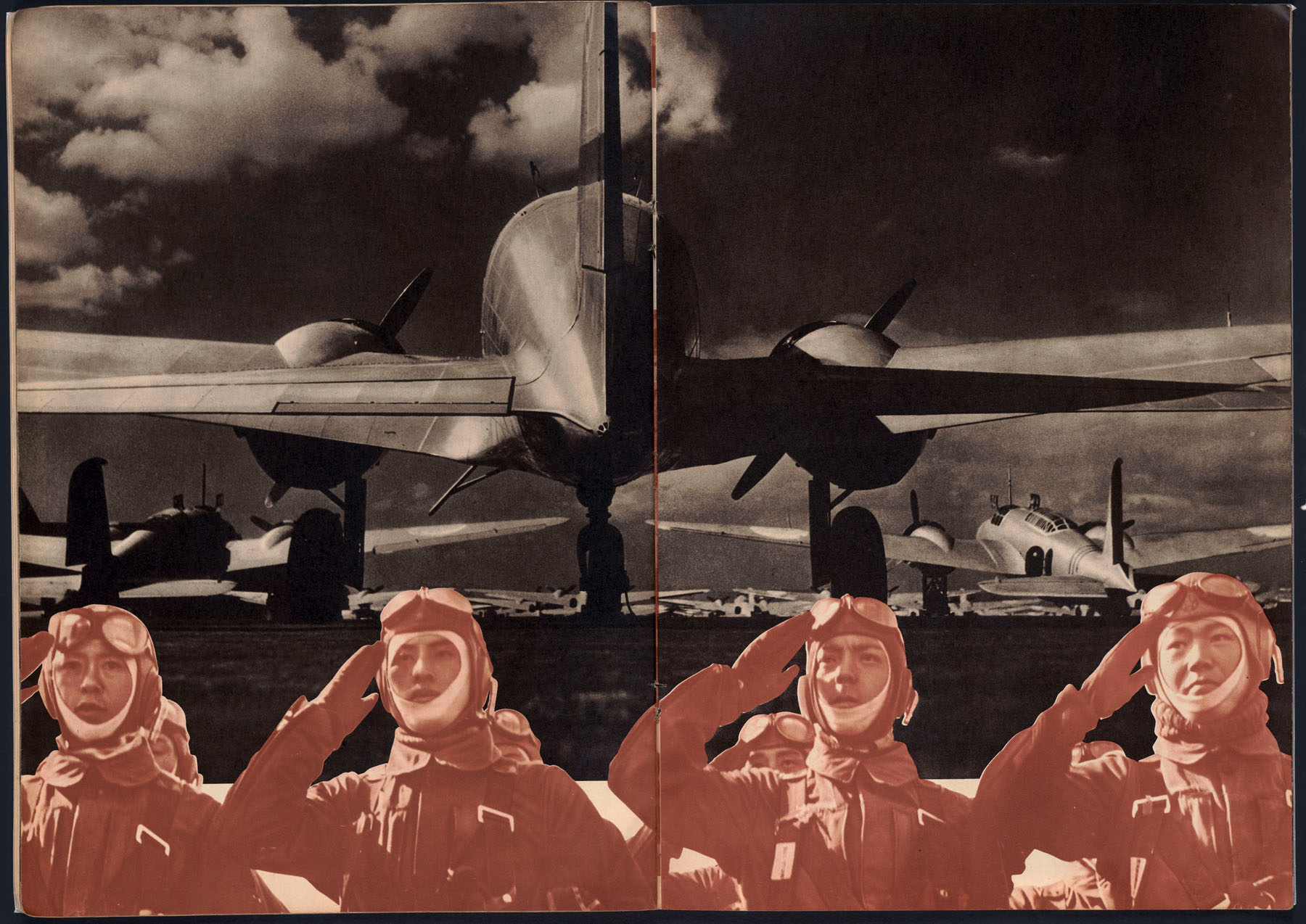The word "propaganda" derives its modern use from the name of a 17th-century Roman Catholic institution, the Sacra Congregatio de Propaganda Fide, or Sacred Congregation for the Propagation of the Faith. Established during the Thirty Years War (1618-1648, a sectarian conflict that devastated Europe following the Protestant Reformation), it housed a college that trained priests to advance Church dogma on a divided continent.
The role in contemporary quarrels of a term linked to early modern religious strife is disconcerting because it suggests that even secular politics are, in alarming measure, faith-based. Two exhibitions in London, "Propaganda: Power and Persuasion" (at the British Library from May 17 to Sept. 17) and "The Art of Influence: Asian Propaganda" (at the British Museum from May 30 to Sept. 1) probe this anxiety and, by presenting national styles of persuasion in juxtaposition, reduce antique arguments to examples in the study of a phenomenon.
The British Library exhibition is moody and lavish, with video screens murmuring lessons in the history of persuasion, sloping walls set at labyrinthine angles, and ominous, faceless mannequins that suggest man as tabula rasa. The art direction cultivates a slightly paranoid atmosphere that is at odds with the cool-headed understanding of propaganda advanced by the show's consultant David Welch, who directs the Centre for the Study of Propaganda at the University of Kent, and whose illustrated book, "Propaganda: Power and Persuasion," accompanies the exhibition.

















With your current subscription plan you can comment on stories. However, before writing your first comment, please create a display name in the Profile section of your subscriber account page.